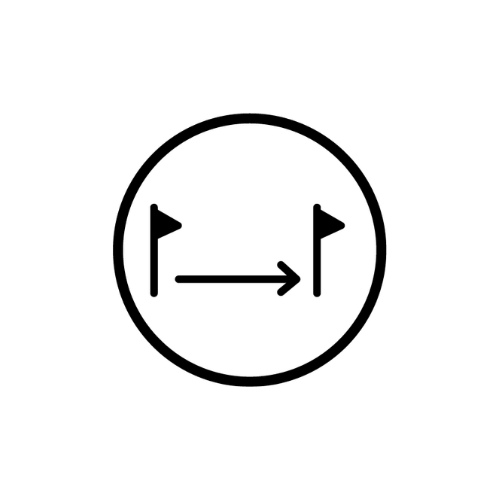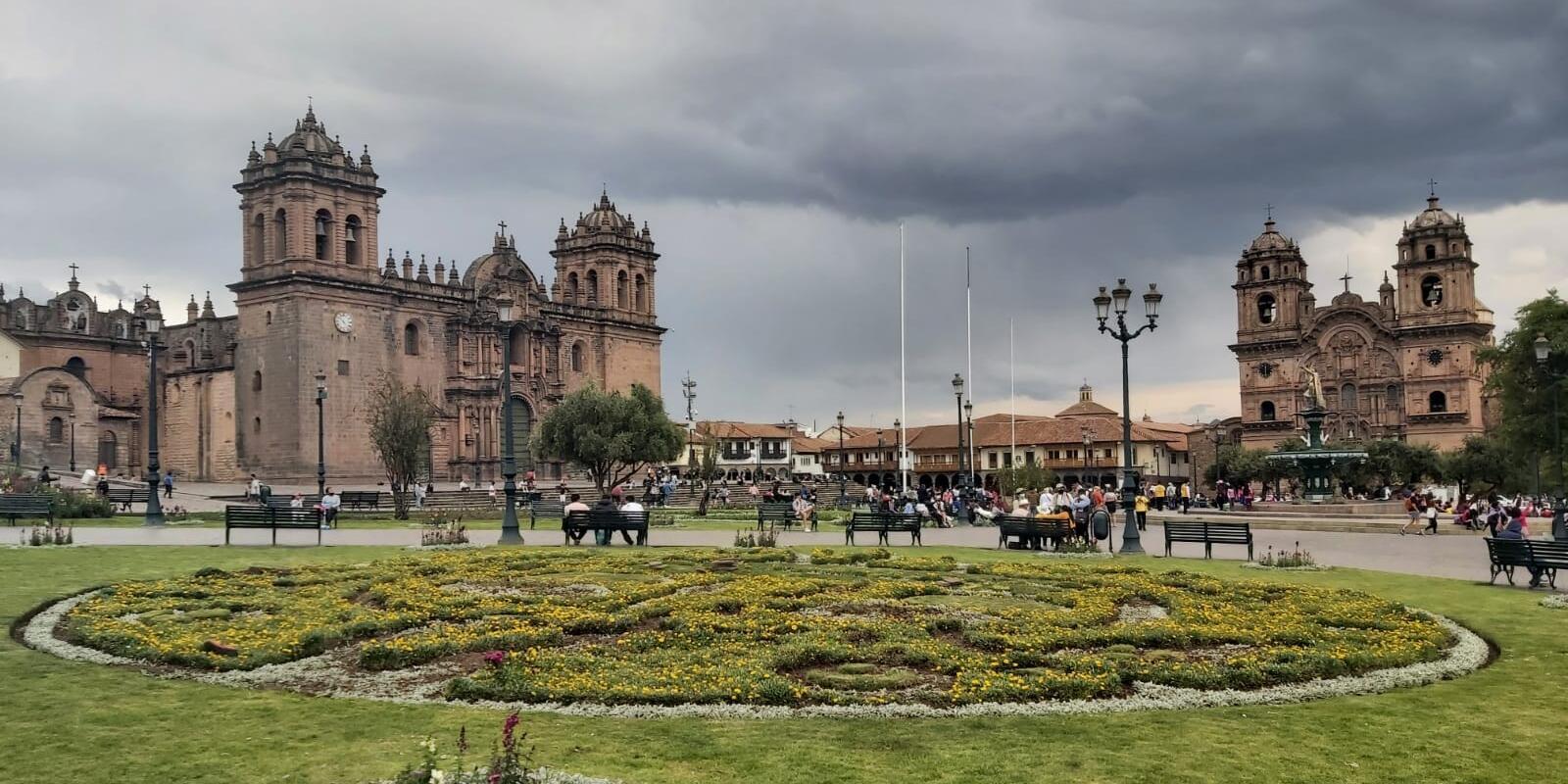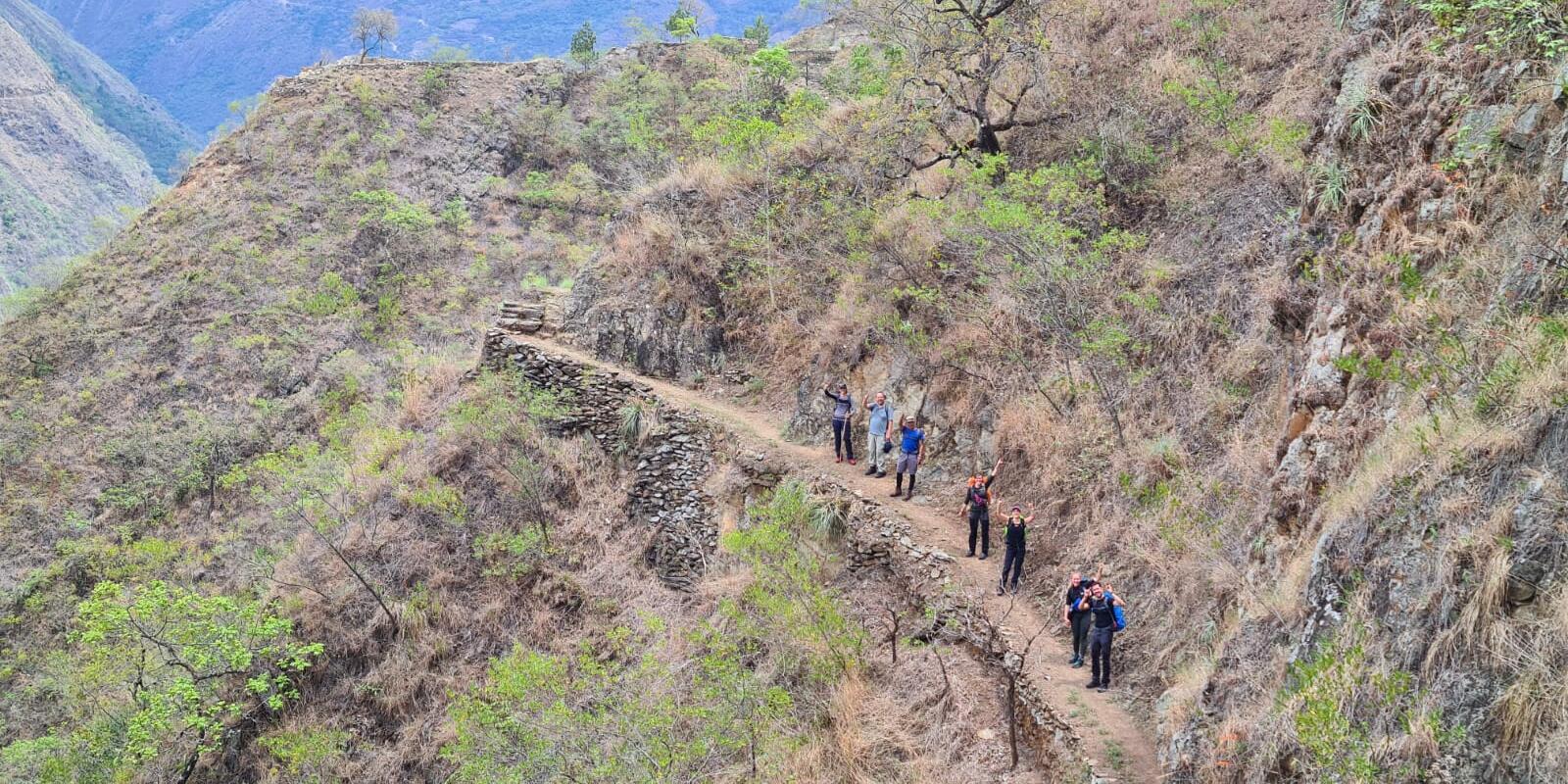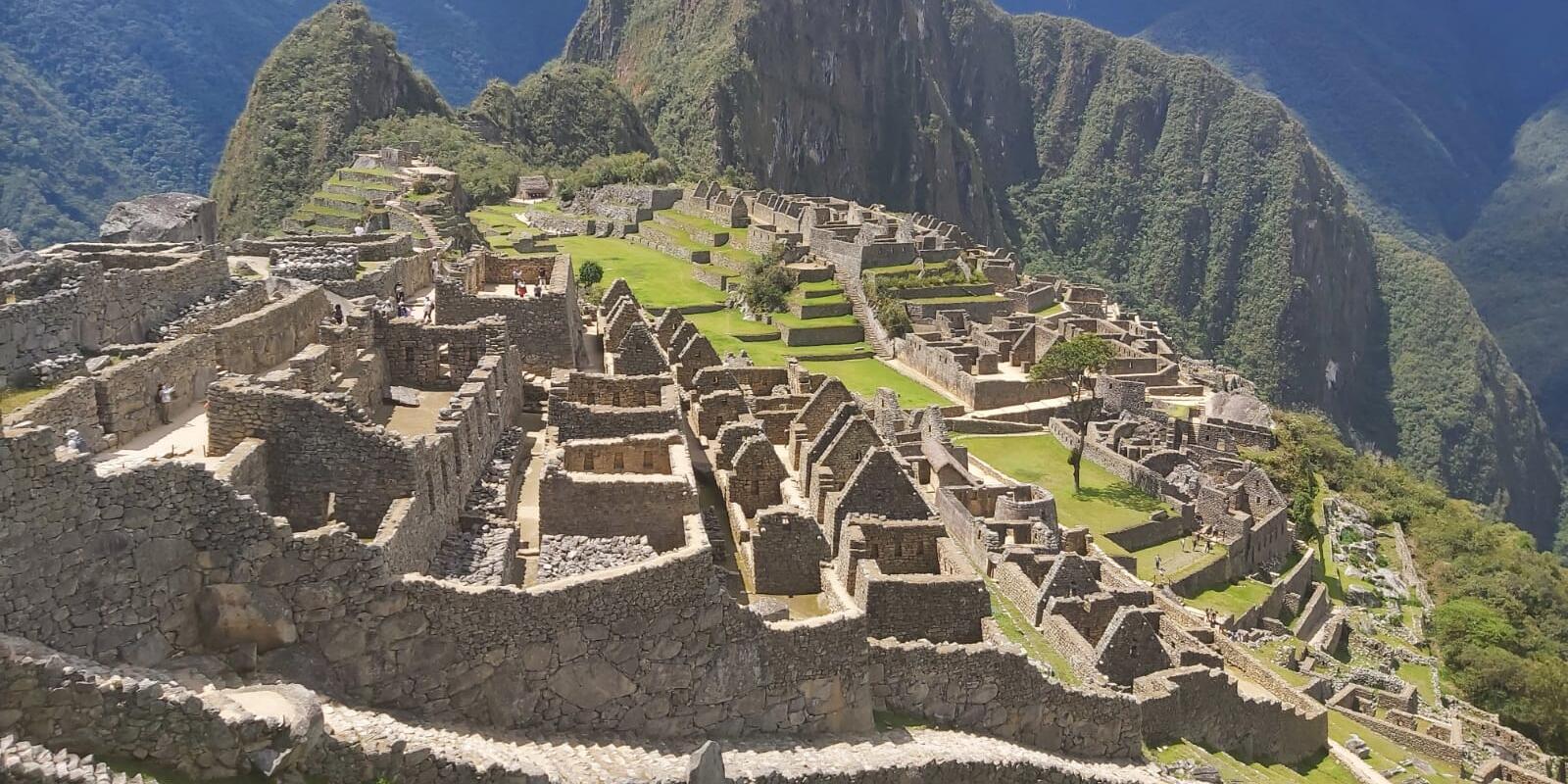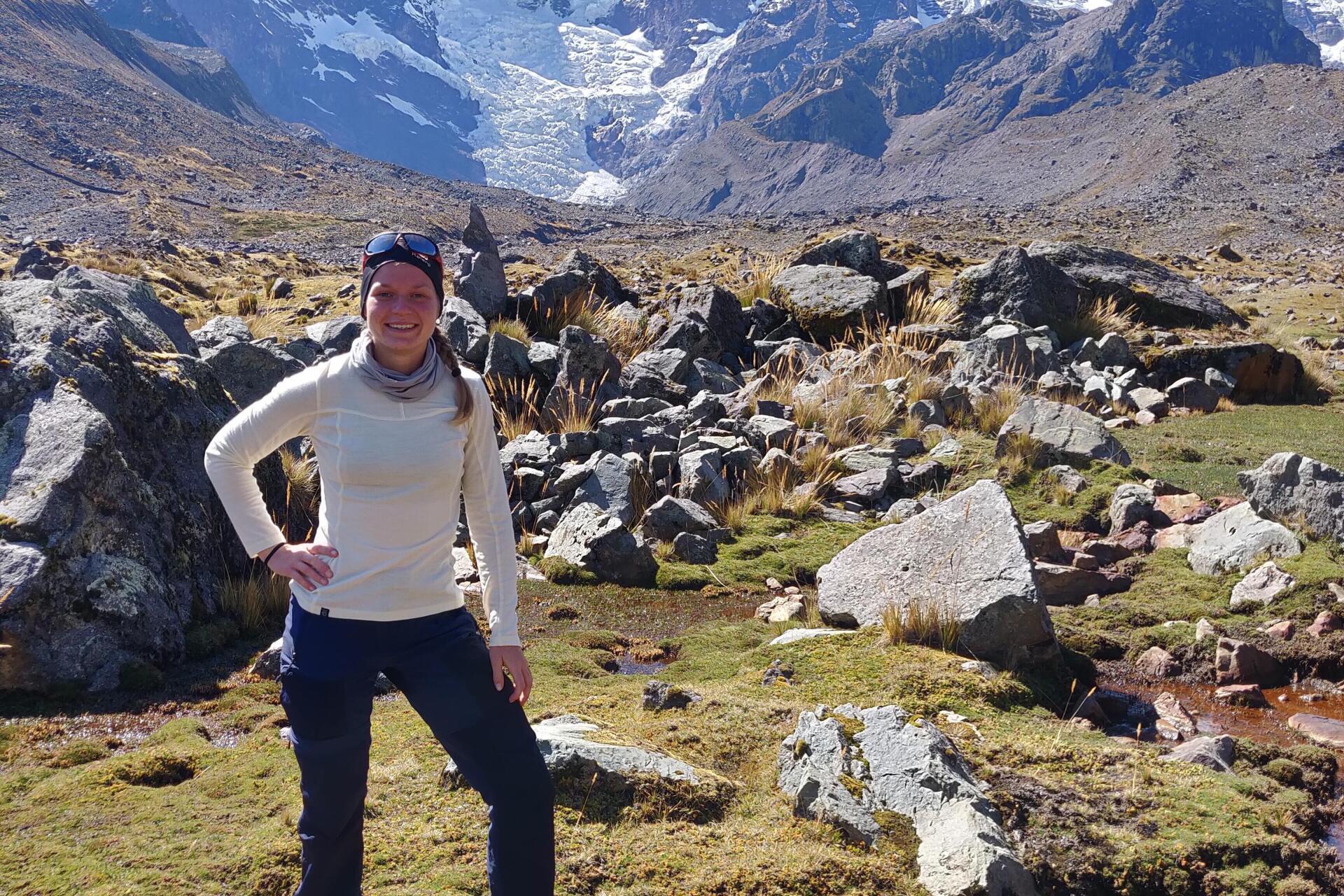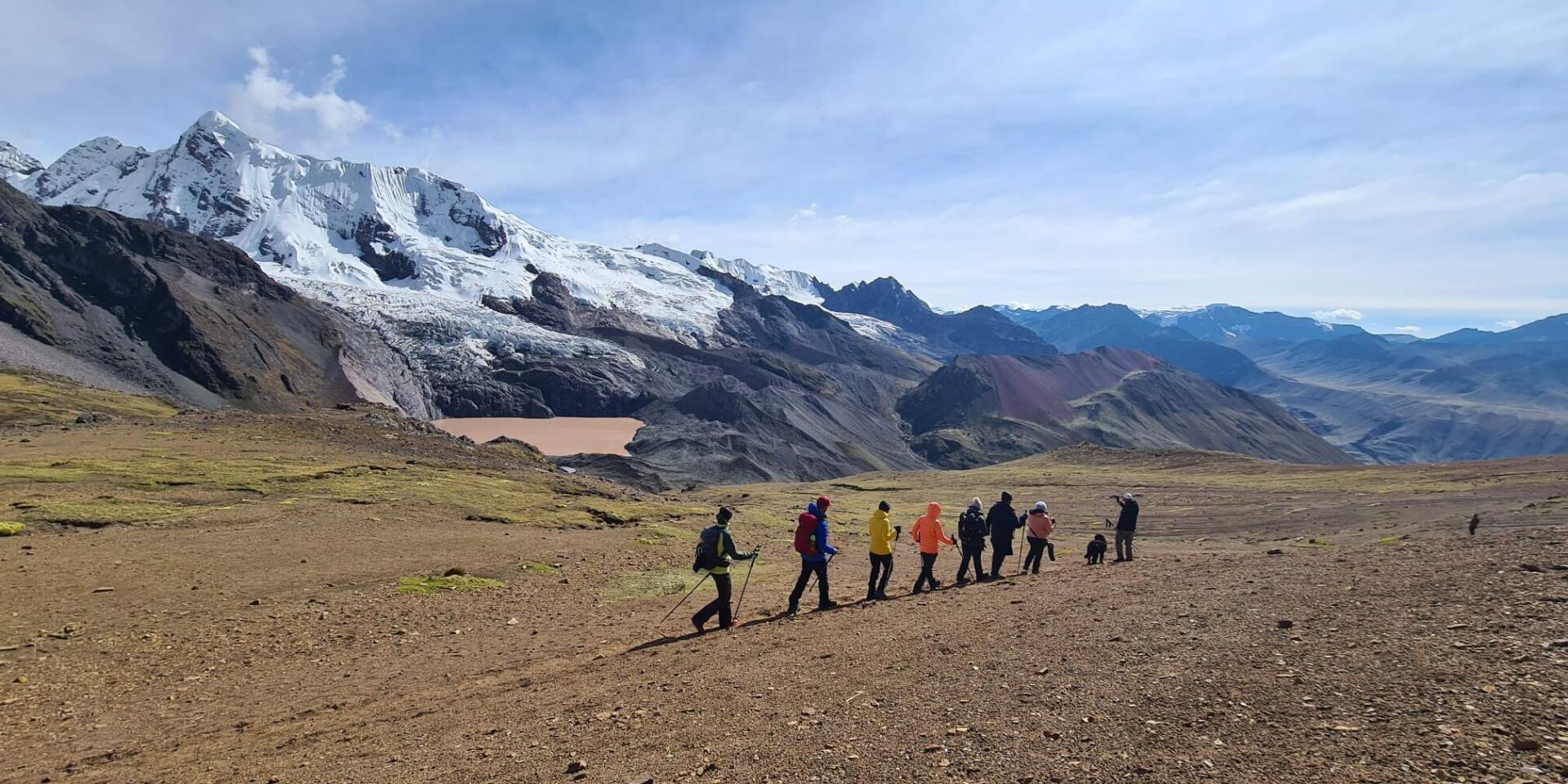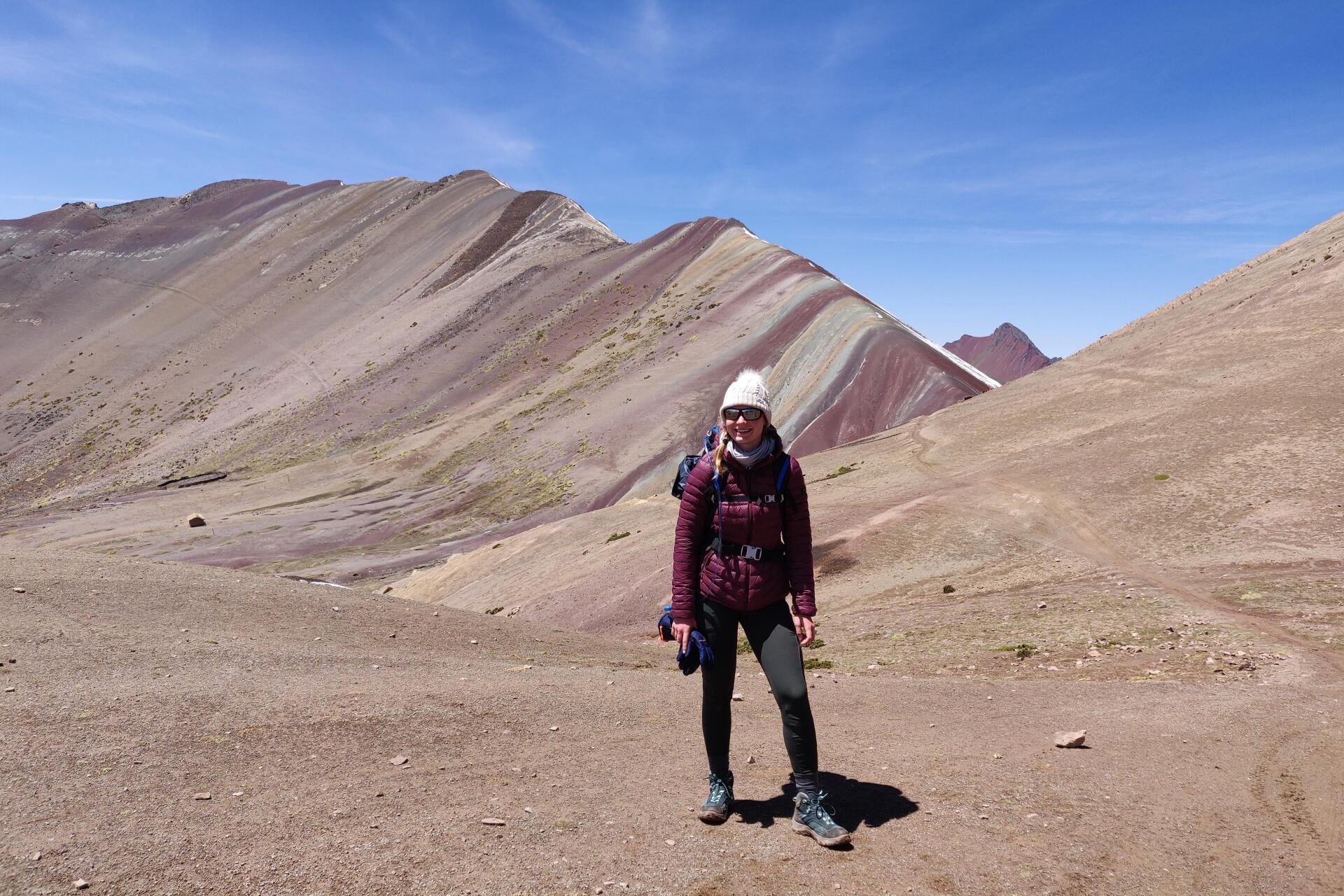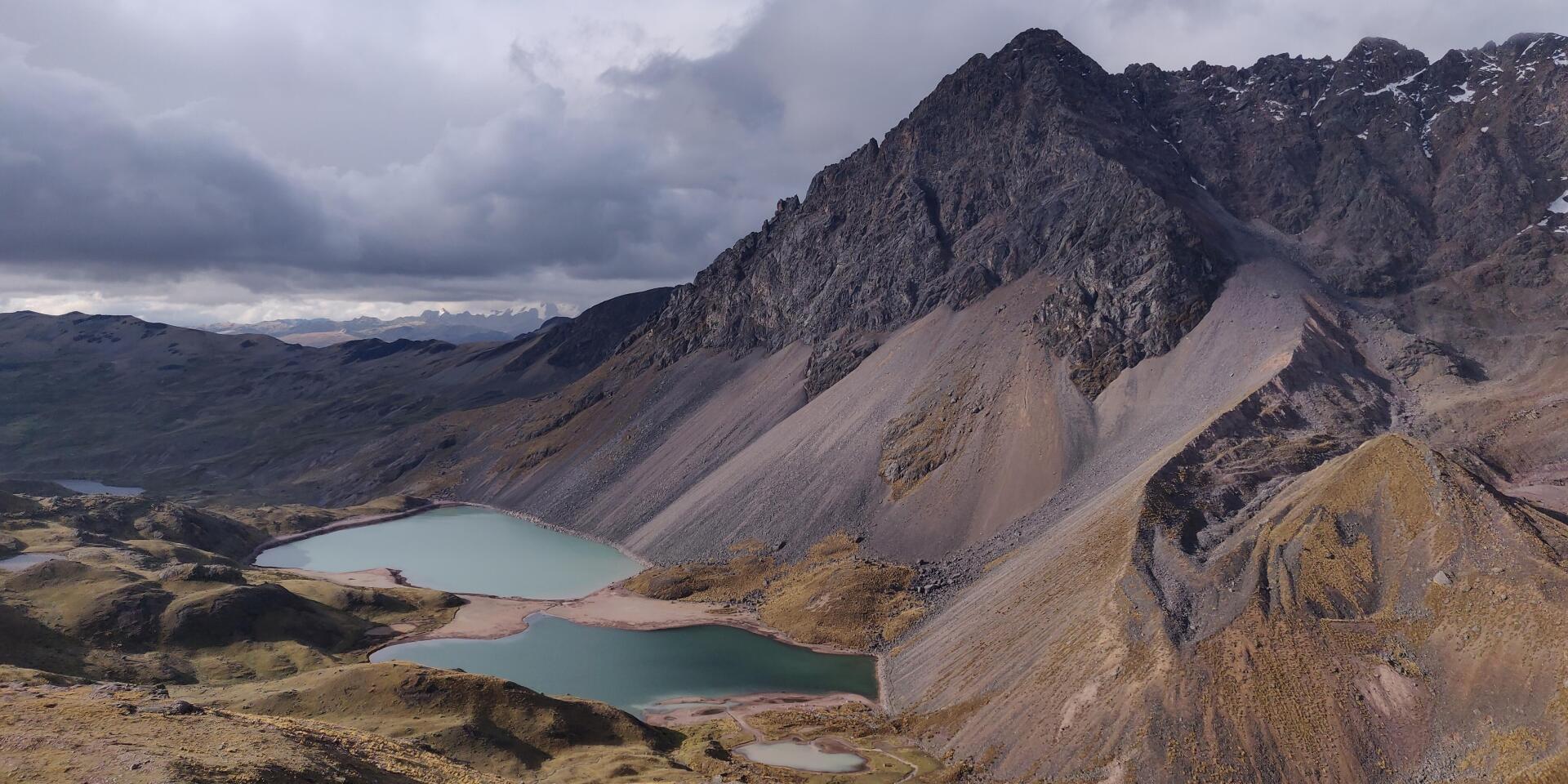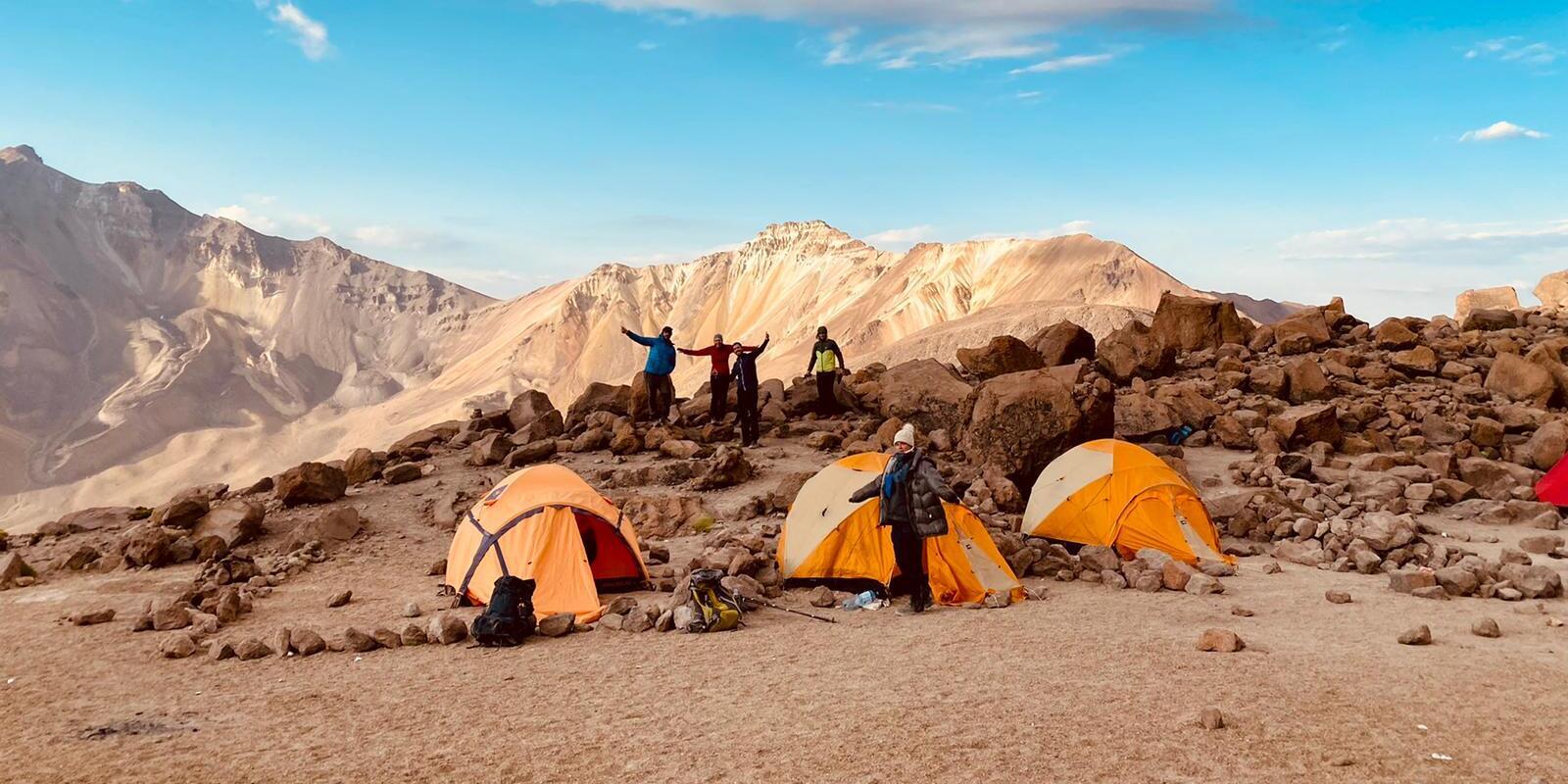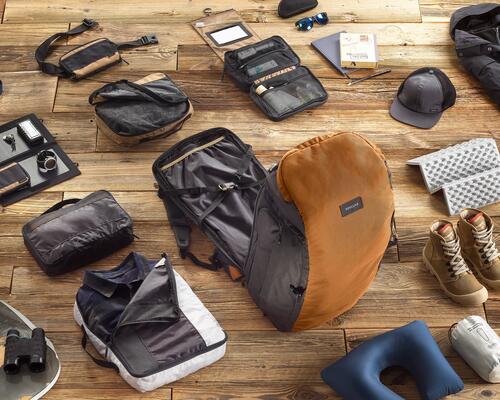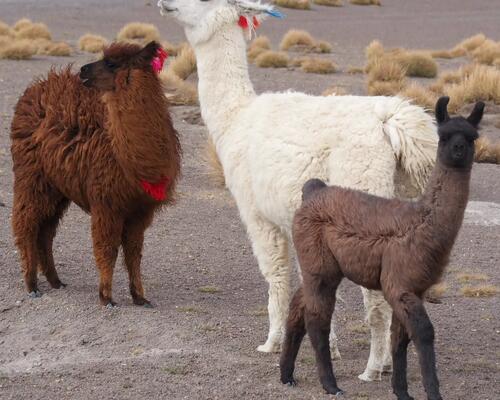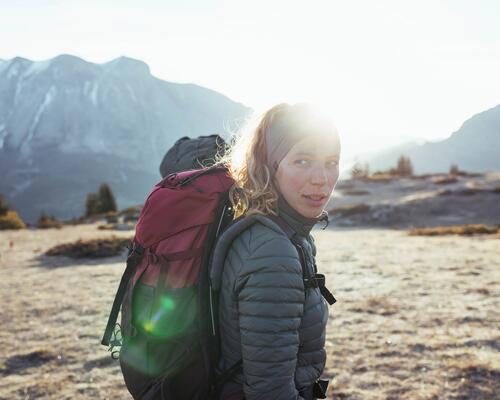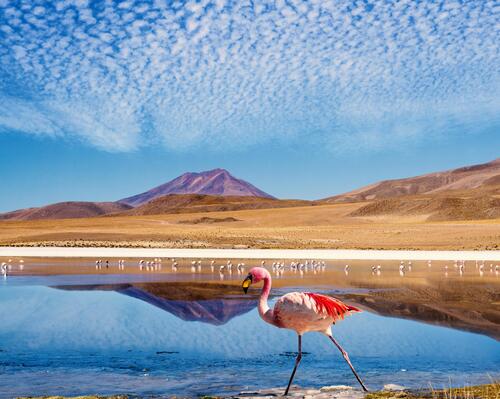Anne-sophie’s itinerary
(October 2021)
Day 1: Arrival in Lima, the capital of Peru after 24 hours of travel.
Day 2: Flight to Cuzco to discover the city.
Day 3: Start off at 4350m for a 50km mountain bike downhill ride in the morning and a rafting trip down the Vilcanota River in the afternoon.
Day 4: Trek in the jungle: morning tasting of local chocolate and coffee, followed by a trek on a section of the Inca Trail, a historic path in the valley with breathtaking views.
Day 5: Zipline 250m above the ground crossing the valley, then 3-hour walk (10km) between Hydroelectrica and Agua Calientes, to reach the city of Machu Picchu.
Day 6: 2,000 steps to access one of the wonders of the world, Machu Picchu.
Day 7: We start the 4-day trek from Tinqui, a village in the Ausangate National Park with a 6km walk to the first camp and sleep at 4400m.
Day 8: Second day of trekking and first climb to 4850m at Arapa Pass.
Day 9: Head for the iconic 7-colour mountain
Day 10: Fourth and final day, with the highest climb of the trek at 5200m (Palomani Pass) and about 25/30km
Day 11: Last day with the Peruvians who accompanied us during the trek and return to Cuzco
Day 12: Rest and flight for Arequipa
Day 13: Headed to Chachani (volcano): acclimatization and setting up camp at 5200m
Day 14: Last climb of the trip to Chachani, the tip culminates at 6074m, 800m climbing and no less than 40% of oxygen.
Day 15: Return to France


